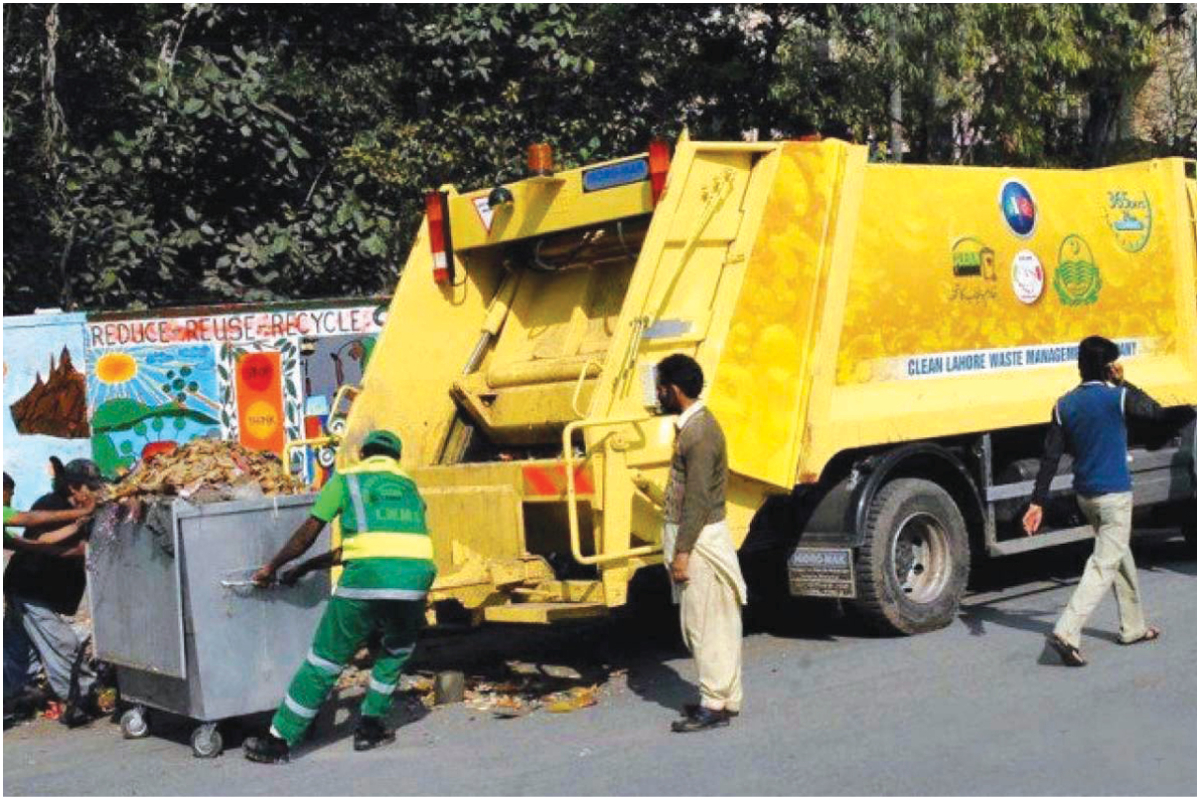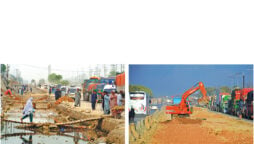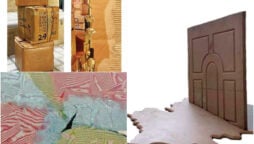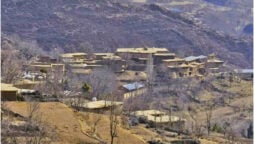
Energising the waste
LWMC has initiated a 100 MW waste-to-energy project
Lahore: A waste will remain a waste unless it is tapped. The Lahore Waste Management Company (LWMC), on the other hand, truly understands the significance of trash collected daily from city streets and transported to the landfill site at Lakhodair.
The LWMC has initiated a 100 MW waste-to-energy project with the help of German and Thai companies through a public-private partnership model.
It sounds strange to hear that electricity can be generated from trash.
According to the US Energy Information Administration, waste-to-energy facilities burn municipal solid waste (MSW), also known as rubbish or trash, to generate steam in a boiler, which is then used to power an electric generator and turbine.
MSW is a mixture of high-energy items such as paper, plastic, grass clippings, and wood-based products. For every 100 kilogrammes of MSW, up to 85 kilogrammes can be burned as fuel to generate electricity. Trash-to-energy plants reduce waste volume by approximately 87% and convert 2,000 kilogrammes of garbage into ash weighing between 300 and 600 kilogrammes.
The mass-burn system is the most widely used waste-to-energy method on the planet. To generate power in this system, unprocessed MSW is burned in a large furnace equipped with a boiler and a generator. A less common technology separates incombustible elements from MSW in order to produce refuse-derived fuel.
As per the US Energy Information Administration website, power is generated in seven stages in a mass-burn waste-to-energy facility: Garbage trucks deposit waste in a large pit, which a crane collects and deposits in a combustion chamber. The trash is then burned, which generates heat in the following stage. Heat converts water to steam in a large boiler, and high-pressure steam rotates the blades of a turbine generator to generate electricity. The final stage of the system concludes with an air pollution control system that filters contaminants from combustion gases before they are emitted through a chimney. Finally, the ash from the boiler and air pollution control system is collected and disposed of.
The LWMC manages a reliable garbage collection system for all city union councils. Although major roads and streets are cleaned with vehicle sweepers, manual waste collection is still practised on the streets. Sanitation workers collect trash from door to door and deposit it in large bins placed along the road. These bins are transported to landfills, where they rot and pollute the environment as well as the underground water table. According to a LWMC spokesperson, the company signed an agreement with a German firm under which the foreign firms will receive 2,000 metric tonnes of solid waste daily. Given the enormous amount of garbage produced in Pakistan each year (30 million metric tonnes), solid waste management has been a problem.
LWMC Chairman Atif Chaudhry maintained that Lahore generates 7,000 metric tonnes of waste per day, and fresh solid waste can be used to produce electricity. As a result, the project provides a win-win situation: on the one hand, the project would aid in the effective utilisation of 7,000 tonnes of fresh waste, while also assisting in the elimination of contamination of the underground water table and air pollution.
Since 2019, the power-starved country has encouraged renewable energy projects. The Punjab Energy Department, which is in charge of renewable energy projects, has taken on the project as part of the 2019 Alternative and Renewable Energy Policy. Though the LWMC describes waste-to-energy as an eco-friendly and reliable form of energy that has become the foundation for many of the world’s most successful solid waste management systems, however, the system generates a storm of criticism for environmental concerns.

Those who support the recycling of waste and giving trash a second life oppose the burning of municipal waste.
According to Dr. Rizwan, a sociology professor at Punjab University, refurbished, repurposed, or composted waste has more financial benefits and a lower climate change impact than waste that is burned or disposed of in a dump.
”Burning precious materials that could be recycled wastes the life cycle energy of items in order to generate electricity,” he said.
”Instead of burning the old, we should reduce the production of new material, which is feasible if modern waste management regulations are followed efficiently. Priority should be given to reducing the demand for new materials before considering recycling, waste-to-energy incineration, and landfill dumping,” he added.
The LWMC, on the other hand, rejects the criticism, claiming that the country’s first trash-to-energy plan is in the works and that the company should be supported.
America is currently the leader in the waste-to-energy sector, with over 90 such plants producing 3,000 megawatts.
Atif Chaudhry stated that the heaps of garbage collected from Lahore can generate up to 600 megawatts, but only if these measures are implemented. We live in fascinating times, when trash has enormous monetary and power value.
Catch all the Urban Insight News, Breaking News Event and Latest News Updates on The BOL News
Download The BOL News App to get the Daily News Update & Live News.












 Read the complete story text.
Read the complete story text. Listen to audio of the story.
Listen to audio of the story.